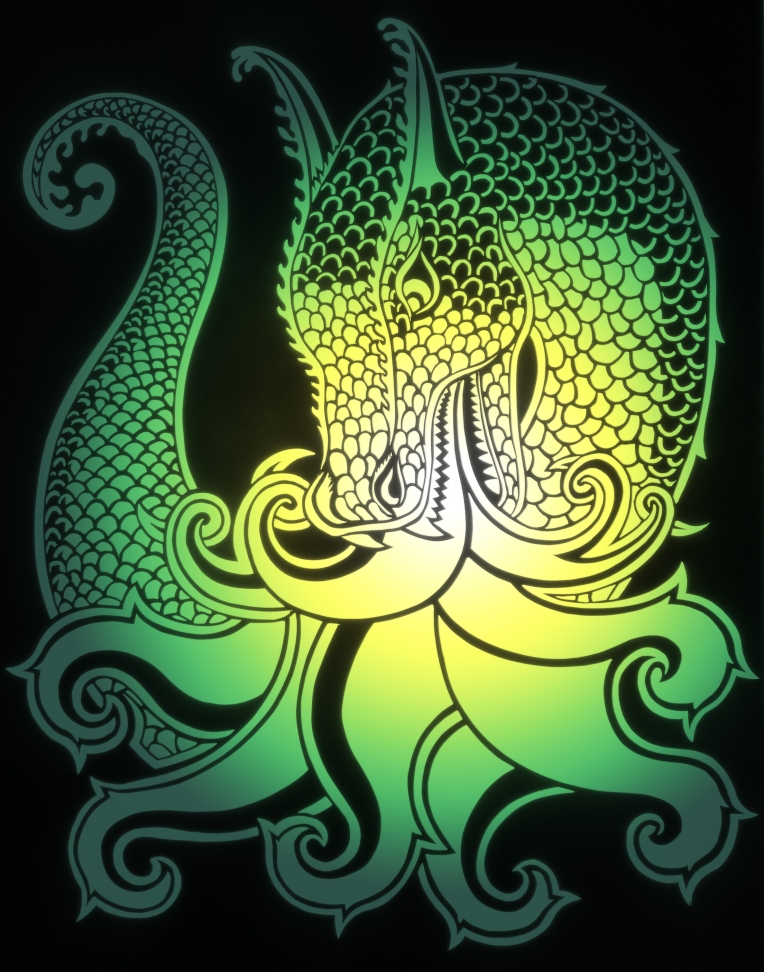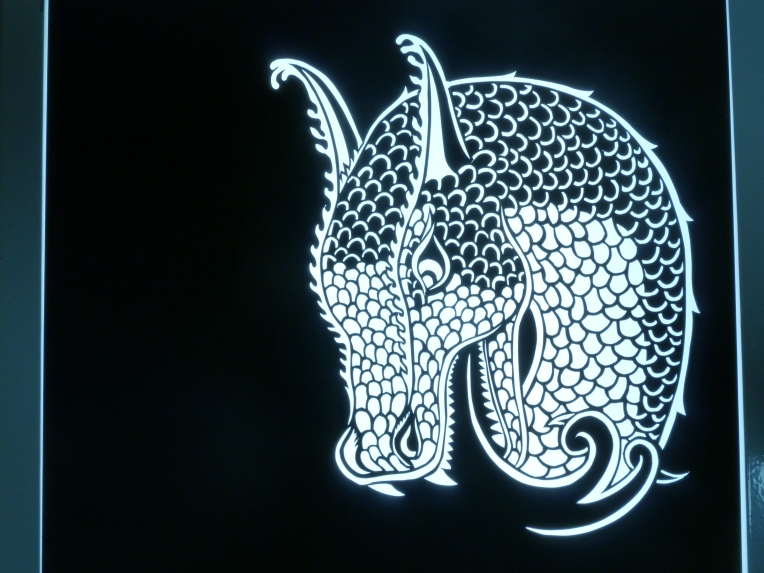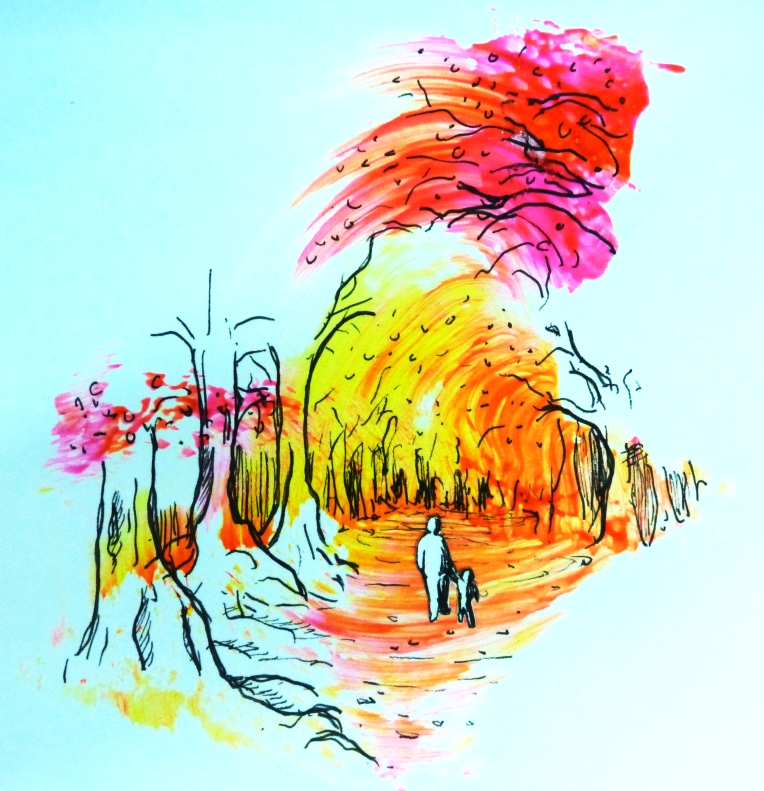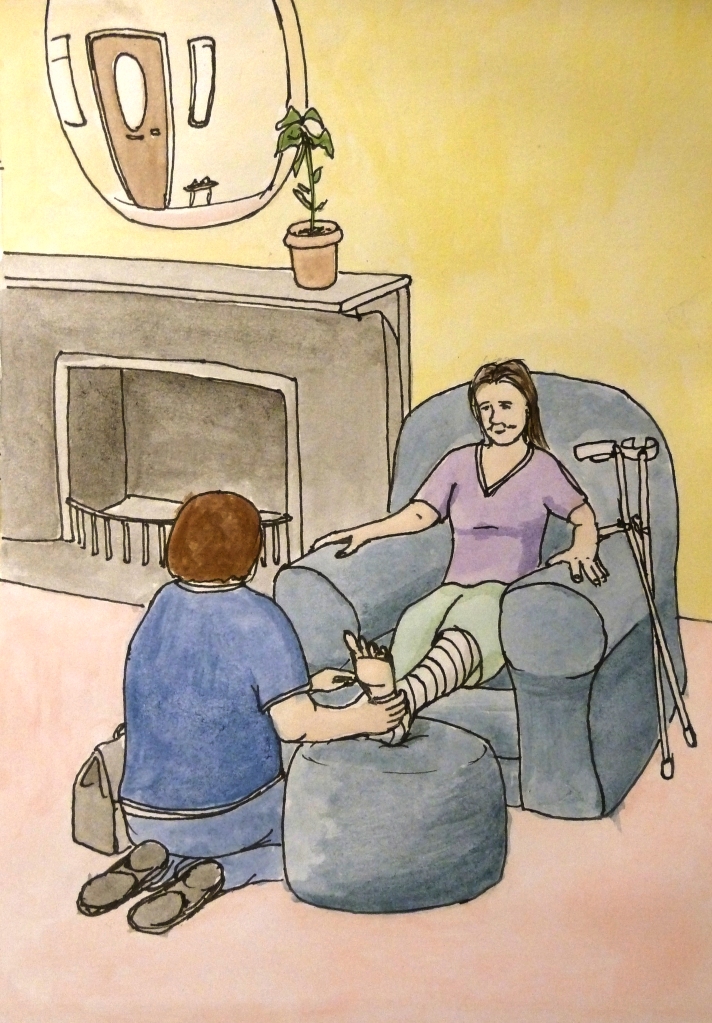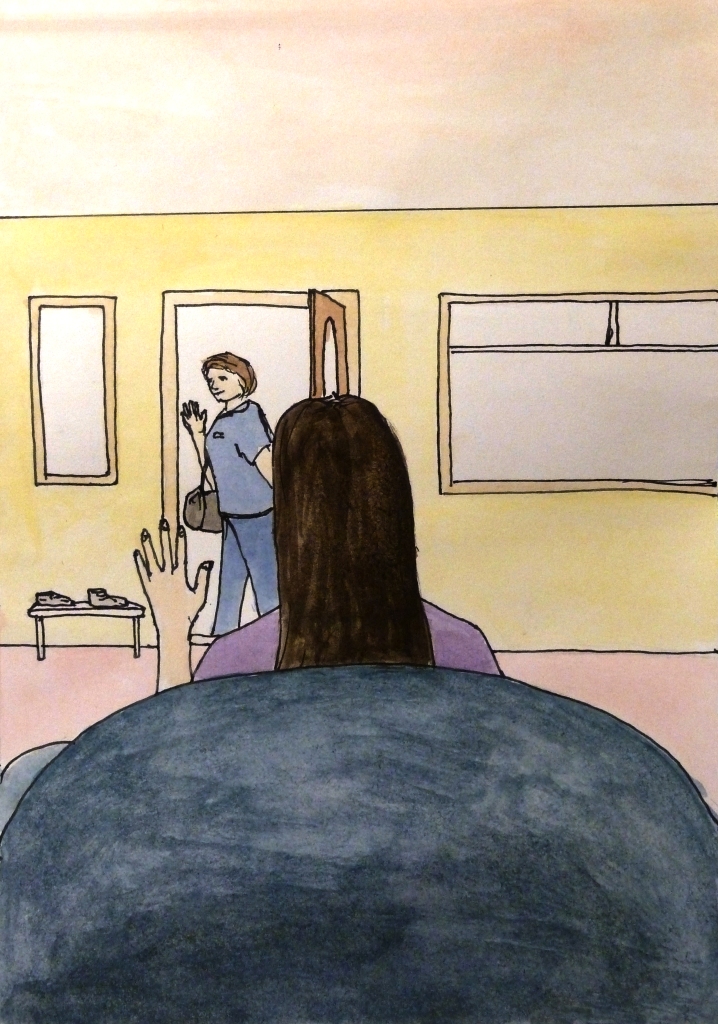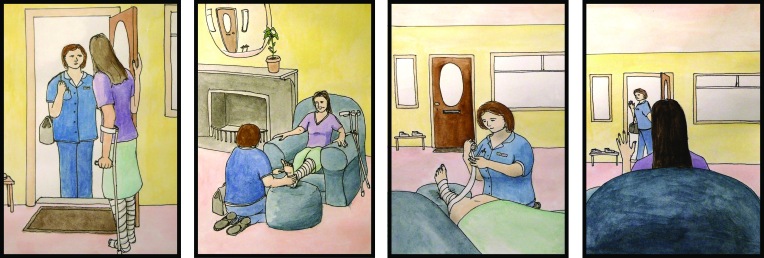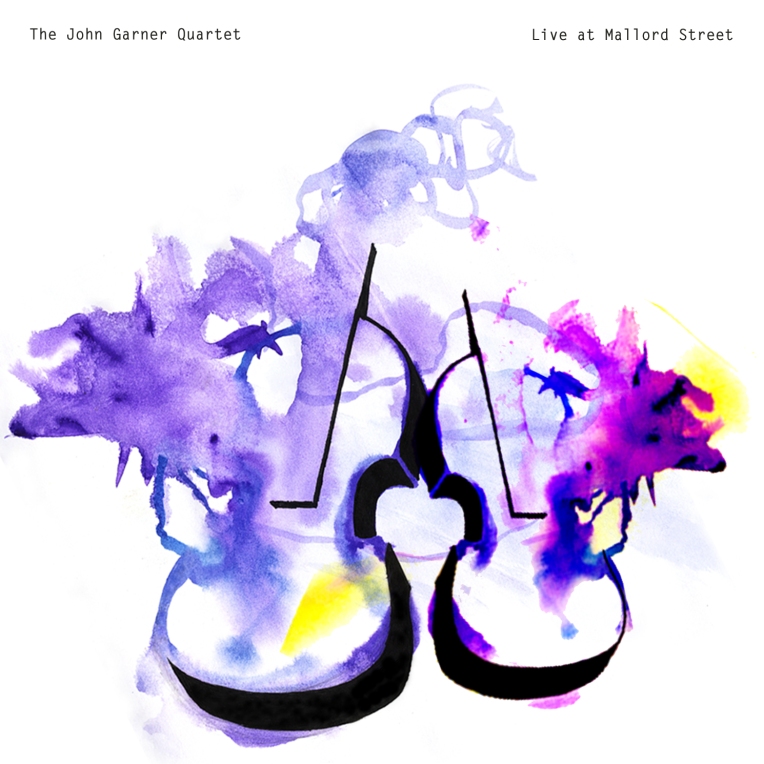…all the students were preparing their hand-in portfolio!
Okay so it’s actually Sunday, which is two days before the deadline. I was seriously considering waiting till tomorrow to post this, so that joke would work properly, but I was too excited about rhyming studio with portfolio, and I couldn’t wait any longer. That, and a lazy Sunday afternoon seems like a good time to take a really good look back at the year as a whole.
Firstly, this has been a far more relaxed, enjoyable build up to deadline day than I had expected. Given that my volume of work is certainly not as expansive as I had hoped it would be come the end of the year, I assumed these last few days would have been a mad dash to bang out some extra work and make it look as if I’d put more effort in. But it hasn’t seemed to be like that. Maybe I’m satisfied with what I’ve done, maybe I’m resigned to my fate, or maybe I’m just incapable of being stressed out. Or maybe a combination of all three. Admittedly, last week was very full-on, I was in early and left late every day in an attempt to get all that printmaking done. I’m really happy with what I produced last week and it’s given me something that I actually want to display in an exhibition, which is great. I’m also really happy with how my digital prints came out (the TED Talks ones at least) – I think they’re the best work I’ve produced this year.
I have to say, getting all my work out like this and trying to display it all on one desk has left me surprised by how much stuff I seem to have produced. An awful lot of it is just pile upon pile of test prints, failed prints and unused backgrounds, but it does show the development of my work and evidences the fact that it did take quite a lot of time and effort to get those finished prints done. But there is also a decent amount of actual substance there – albeit not in terms of filled sketchbooks – and it’s nice to look at how it’s progressed and changed throughout the year.
Looking back objectively at this year, I can really see an evolution of my working methods and subject matter. I started the first term with a single idea: no sketchbooks. I talked about my reasoning behind this departure at the start of the year, and that blog post can be found here. Well, when you have no sketchbooks, it doesn’t really make sense to be using pens and pencils. Right from that very first colour workshop with Tom, I was trying to create images and scenes using just bits of card and paper, and it was a challenge I had never set myself before. I really enjoyed it, and it required me to actually put real thought into how I constructed an image – rather than just defaulting back to the instinctive act of drawing. I think this has caused me to be far more aware of the composition of an image, which has improved my work in general.
Then, somewhere along the way, papercutting happened.
I mean I suppose it was all papercutting really, but this precise method is one that jumped out at me in such a way I’ve found it difficult to do anything else since. I had an idea for an image for the Ghost Stories project, which merged a cross-section of a haunted well with three stained-glass windows. I thought it would be cool to have the stained glass windows actually be windows, so I cut the image out of black paper, started messing around with ways to put colour behind it, and the rest is history.
A Word On Papercutting
I’ve touched on it a few times in blog posts throughout the year, but I want to talk specifically about why this method of working is so enjoyable and rewarding to me.
The most important thing is the quality of line. When you draw a pencil line, it’s very rare that you’ll only draw one. You always get the chance to evaluate and correct yourself to try and achieve that perfect curve or thickness. With a scalpel, every line is clean and decisive, and more often than not it isn’t me making the decision. I may have five pencil sketch lines down that I’m trying to follow, and sometimes I won’t follow any of them. When I’m mid-cut, there are these tiny little forces that tug my hand one way or the other based on some instinct or subconscious thought. It’s that constant state of being on the edge of making a mistake while at the same time being peering over the edge of understanding what it is I’m actually drawing that makes it so addictive and engaging. And above all, you come out the other side with an image that has such a certainty and boldness to it that you could never achieve with pencils or paints (or indeed, a laser-cut version of a drawn image).
A good example of this is the most recent image I created:
 Here, there is a very clear diagonal split; a nearly unbroken jagged line that runs from the top-right corner to the bottom-left corner of the image. Before cutting, I pretty much just drew a wavy diagonal line, with very little detail or decisiveness. I then let my scalpel decide where the juts and crevices would be. It seemed logical that when creating a hard, sharp, cold line I should let the hard, sharp, cold tool take charge (rather than the soft, forgiving pencil).
Here, there is a very clear diagonal split; a nearly unbroken jagged line that runs from the top-right corner to the bottom-left corner of the image. Before cutting, I pretty much just drew a wavy diagonal line, with very little detail or decisiveness. I then let my scalpel decide where the juts and crevices would be. It seemed logical that when creating a hard, sharp, cold line I should let the hard, sharp, cold tool take charge (rather than the soft, forgiving pencil).
The other main issue/benefit of papercutting is that it is, for all intents and purposes, irreversible. A cut line cannot be uncut (although my liberal use of masking tape throughout this year goes some way to contradicting that), and you really have to have some idea of what it is that you’re doing before you do it. At the same time, though, I often find I’ll start cutting with maybe a vague concept of one part of an image, and only when that part’s been cut can I see what it is I’m going to do for the next bit, and the next bit. The image of the image forms in my mind as I go, which I find often gives my work a flow, or direction. Like correlation on a graph, maybe. That’s very visible to me, for instance, in my Upper Berth image for the Folio Society project, which can be seen here.
This constant point-of-no-return that I dance on when cutting really pushes me to be careful, thoughtful, but also instinctive, brave and able to go with my gut. Many times I really have absolutely no concept of whether something’s going to look good until I’ve cut it, so I just have to do it and find out, with the knowledge that I may end up ruining 5 hours worth of painstaking work. In fact, to this day, there’s only been one occasion where I’ve committed myself like that and not been happy with the outcome. So in many ways it’s taught me to have more faith in myself and my ability to realise the image that I hold in my head. It also shows that I’m gaining a greater understanding of my methods and practice as a whole, and I’m gaining confidence as an illustrator.
Okay, that was slightly more than a word, but that just shows how important papercutting has been for me this year. Moving on from all this gushy waffle about finding myself as an illustrator and having fun in my work, however, I should really address the ever-present issues of commitment, motivation and time-management.
Lots Of Room For Improvement
It has become very apparent to me this year that I can only really function and create worthwhile work when I’m truly captivated by the subject matter. I really have to want to do it. There was a long period in Term 2 where I pretty much abandoned my work because I just wasn’t interested, and I think this is where my portfolio falls short.

Beyond Fiction, my second Field module, have me a lot of enjoyment, but also highlighted my tendency to lose faith in what I’m doing as soon as the flood of ideas leaves me. I spent ages just messing around, experimenting and having fun with collage, creating funny images and having a laugh. I think some of it is great, and it really lets my sense of humour shine through. But as soon as I felt that I needed to condense it into a finished product, a series of final images or whatever, I just lost interest. Because what was sparking my imagination was the playful side, the experimentation. I didn’t want to go any further than that. Maybe I shouldn’t have tried to. In the end I’m left with an unfinished project that could have been a lot better.
Another project I really disappointed myself with is the Charity project. I dawdled around for a long time thinking I’d do a wildlife charity, created some fun playful cheetah images that weren’t really serving any purpose, changed to an Alzheimer’s charity having been inspired by my dissertation, created one really bloody great image that said everything I wanted it to say, and then fell flat on my face when I tried to create more of it.
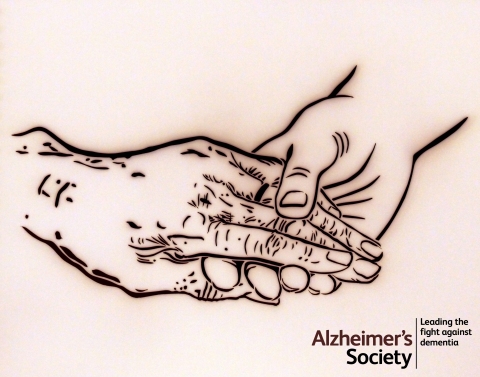
I think I fell flat on my face because the successful image came from one single idea, one bit of inspiration and a bit of luck, rather than logical development, a body of work, a clear concept or even any clear end goal. As a result, my subsequent image was clearly trying to be something it wasn’t, trying to achieve the same look and tell the same message but in a new, unique way, and it just failed. After that I lost all motivation, got disinterested, and the project just ended there.
To successfully create a decent amount of work and actually finish a project, I need not only to have good ideas, but also subject matter that inspires me to see it through. I need to really have something to say or an idea to visualise, or I just won’t do it. This goes back to why I didn’t want to use sketchbooks, because I’d be doing it for the sake of doing it, rather than for any real purpose that matters. Truthfully, this concept of not wanting to “do it for the sake of doing it” has plagued me since I was 14, and my ability to produce results within the world of education has suffered greatly in that time.
This huge inconsistently in terms of ability to create work is evident when you look at the transition between Charity project and TED Talks project.
Back Into The Light
At risk of sounding presumptuous, I think this project has been the saving grace of my year. Coming back from Easter holidays I had no motivation to work, and my Charity project had basically fizzed out. I didn’t even turn up to the TED Talks brief; I was too busy writing my dissertation proposal, and I didn’t actually start working on it until a week afterwards (and the project was only supposed to be two weeks long). Even then, it took be another three or four days to actually settle on a talk to illustrate.
Once i did settle, however, I realised I’d found something that was perfect for me. I had a story, one that was bizarre enough to go crazy with but also very real and feasible to visualise. I also had a lot of room for my own contributions. This was a story with no characters, and it’s very hard to tell a story without characters, at least for me. So I invented some, gave them personalities, and I was off! In the past few weeks I’ve created some of the most dynamic, fun work I think I’ve ever created, and I’m really proud of it. It’s given me something that I actually want to exhibit and show people, and it’s definitely the kind of thing I want to keep doing.
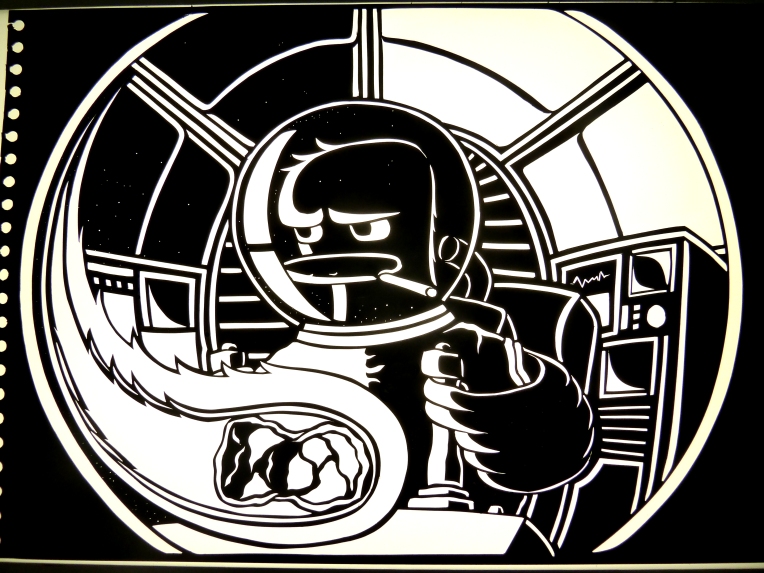
Another thing I haven’t discussed once on my blog this year is, funnily enough, my blog.
Last year, I didn’t blog. At all. I might as well be honest to any tutors reading this now, 29 of my 30 blog posts last year were done in the week leading up to the deadline. My reservations about blogging were always that I didn’t need it, it wasn’t something that benefited me, I was just (going back to that old gripe) doing it for the sake of doing it.
What I didn’t realise though, was that the real reason I didn’t want to blog was because I wasn’t doing anything that I really wanted to blog about. As soon as I started creating work that I enjoyed and wanted to show to people, the posts came flooding thick and fast. Before I knew it, I was in the habit of posting immediately after I finished a piece of work; often before I even got home from uni, and I found that the constant reflection was not only beneficial, but allowed me to grow a real connection between the way I was working and the way I was thinking. This has helped greatly when developing ideas for my dissertation and academic research. Really, when I think about it, my blog is my biggest area of improvement this year, and I definitely think it has helped my work in general.
So I suppose my quick evaluation of the year would be as follows:
- Found methods of working that I truly enjoy and want to keep doing.
- Begun to overcome the obstacles of motivation and time-management, but still a long way to go.
- Found that constant reflection and use of blog has helped greatly.
The final point would be that I am actually starting to see myself as an illustrator. I’m still not fully committed; I didn’t come into this course with the life goal of coming out as a successful artist, and that is still not necessarily my goal. But right now I’m having a lot of fun with my work, and some of it is work I actually want to show people and maybe even sell to people. Hopefully this trend will continue and grow, and before long I will be confident that this is what I actually want to do for the foreseeable future. And that’s pretty exciting.

